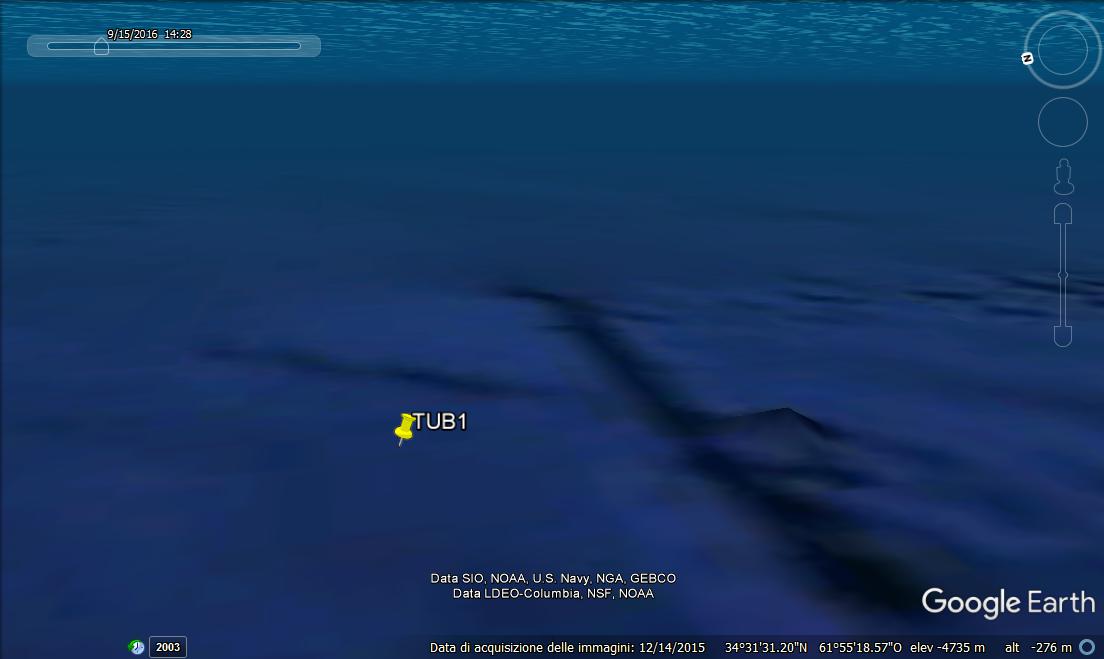

They show the shape and slope of the ocean bottom surface.

NOAA provides blackline copies of compilation manuscripts for bathymetric maps that were left in the production process but are sufficiently developed to include accurate bathymetric data. (Underwater Topography Maps) Preliminary Bathymetric Mapsīathymetric maps that have been compiled, but are not published.
#Underwater bermuda photosphere google maps series
The SEAMAP SERIES at a scale of 1:1,000,000, covers geophysical data gathered in the deep-sea area, sometimes including the adjacent Continental Shelf and Slope. The bathymetric map, when combined with the other three maps, serves as a base for making geological-geophysical studies of the oceans bottom’s crustal geophysical data for the Continental Shelf and slope. Geophysical Maps: Each consist of three sheets (a base bathymetric map, a magnetic map, and a gravity map), and where practicable a sediment overprint (NOS 1308N-17S). This product is intended to aid fishermen and those needing seafloor features and potential fishing grounds. Topographic maps of the seafloor produced at a 1:100,000 scale that contains Loran-C rates, bottom sediment types and known bottom obstructions. (Underwater Topography Maps) Bathy fishing maps All 1:250,000 and 1:1000,000 maps are overprinted with the Minerals Management Service’s OCS Protraction Diagram data. They may also be used by land-use planners, conservationists, oceanographers, marine geologists, and those interested in the coastal zone and the Outer Continental Shelf’s (OCS) physical environment. Maps support the Coastal Zone Management and Energy Impact Programs and the offshore oil and gas program. Topo/Bathy Maps: Detailed multipurpose maps of NOS bathymetry and US Geological Survey (USGS) land topography. (Underwater Topography Maps) Geological survey The map serves as a tool for performing scientific, engineering, marine geophysical and environmental studies, that are required in the development of energy and marine resources. Detailed depth contours provide the size, shape, and distribution of underwater features. Types of Underwater Topography Maps: Underwater contours Underwater Topography Maps Underwater topographic maps On one type of large-scale topographic map, called provisional, some symbols and lettering are hand-drawn. Consequently, within the same series, maps may have slightly different symbols for the same feature.Įxamples of symbols that have changed include built-up areas, roads, intermittent drainage, and some lettering styles. These symbols are constantly refined to better relate to the features they represent, improve the appearance or readability of the map, or reduce production cost. The map includes symbols that represent such features as streets, buildings, streams, and vegetation. Contours make it possible to measure the height of mountains, depths of the ocean bottom, and steepness of slopes.Ī topographic map shows more than contours. Contours are imaginary lines that join points of equal elevation on the surface of the land above or below a reference surface, such as mean sea level. The distinctive characteristic of a topographic map is that the shape of the Earth’s surface is shown by contour lines. A map is a representation of the Earth or part of it.


 0 kommentar(er)
0 kommentar(er)
